To calculate a company’s inventory turnover, divide its sales by its inventory. Similarly, the ratio can be calculated by dividing the company’s cost of goods sold (COGS) by its average inventory. Retailers tend to have the highest inventory turnover, but the rate can indicate a well-run company or the industry as a whole. Efficient inventory turnover is a linchpin for a business’s financial health. By keeping a close eye on optimizing inventory turnover, businesses can enhance efficiency, make better resource decisions, and, in turn, strengthen their overall bottom line.
Inventory turnover calculator
However, if buy xero shoes at rei and get a $10 xeroshoes com gift certificate a company exhibits an abnormally high inventory turnover ratio, it could also be a sign that management is ordering inadequate inventory, rather than managing inventory effectively. Thus, the inventory turnover rate determines how long it takes for a company to sell its entire inventory, creating the need to place more orders. The company should now compare this ratio to industry benchmarks to determine how well they’re performing in relation to competitors. This comparison will not only validate their performance but also help in financial modeling for future inventory management.
Your Guide To Real-Time and AI-Driven Demand Forecasting
A developed manufacturing brand could increase customer awareness and loyalty. The campaigns should be highly targeted and the marketing costs and the ROI of the campaigns should be tracked. Use an MRP system or inventory management software to collect and analyze data regarding your inventory – about what sells and what does not. This data will allow you to better predict and understand customer trends, develop a better procurement strategy, identify stock that has become obsolete, and increase inventory turns. While data collection can be done with Excel or other spreadsheet applications in the initial stages of the business, mature companies that are looking to scale should consider moving on to designated software.
- In our example, a turnover ratio of 3 suggests that Business X is still efficiently managing its inventory.
- Companies that move inventory relatively quickly tend to be the best performers in an industry.
- Note that Excel is a powerful tool that allows for quick and easy calculations of ratios and formulas.
- Your inventory turnover ratio is one of the many indicators of a healthy and efficient business, and knowing the basics of how to properly manage your inventory is crucial for your success.
There is the cost of the products themselves, whether that is manufacturing costs or wholesale costs. There is the cost of warehousing the products as well as the labor you spend on having people manage the inventory and work on sales. The more efficient the system is, the healthier the company is with its cash flow.
Inventory Turnover and Dead Stock
Inventory turnover is calculated by dividing the cost of goods sold (COGS) by the average value of the inventory. This equation will tell you how many times the inventory was turned over in the time period. The information for this equation is available on the income statement (COGS) and the balance sheet (average inventory).
It also helps increase profitability by increasing revenue relative to fixed costs such as store leases, as well as the cost of labor. In some cases, however, high inventory turnover can be a sign of inadequate inventory that is costing the company potential sales. Inventory turnover is an especially important piece of data for maximizing efficiency in the sale of perishable and other time-sensitive goods. An overabundance of cashmere sweaters, for instance, may lead to unsold inventory and lost profits, especially as seasons change and retailers restock accordingly. A decline in the inventory turnover ratio may signal diminished demand, leading businesses to reduce output. Analyzing an inventory turnover ratio in conjunction with industry benchmarks and historical trends can provide valuable insights into a company’s operational efficiency and competitiveness.
The considerations regarding bookkeeping and accounting services in colorado industry benchmarks and consistency remain essential for a comprehensive analysis. A low ratio can imply weak sales and/or possible excess inventory, also called overstocking. Inventory control techniques such as ABC analysis will help you categorize your SKUs according to their business value. Inventory turnover can be improved with many different strategies, which generally fall under the jurisdiction of sales, marketing, inventory, or procurement management. The best results can be achieved, however, by fine-tuning all of the areas at the same time. It’s the average value of inventory within a set time period, calculated by taking the arithmetic mean of the beginning inventory and ending inventory values.
It provides valuable insights into the frequency of inventory turnover, helping shape strategies around purchasing, production, and sales. A high inventory turnover ratio means you’re quickly converting your inventory into sales. This promotes better liquidity and cash flow, allowing you to free up working capital for other critical business investments. The inventory turnover ratio is a good indicator of your sales and inventory management performance. The inventory turnover ratio can be one way of better understanding dead stock. In theory, if a company is not selling a lot of a particular product, the COGS of that good will be very low (since COGS is only recognized upon a sale).
It also implies that it would take Donny approximately 3 years to sell his entire inventory or complete one turn. Average inventory is used instead of ending inventory because many companies’ merchandise fluctuates greatly throughout the year. For instance, a company might purchase a large quantity of merchandise January 1 and sell that for the rest of the year. Predictive analytics has reshaped the modern supply chain and provides key insights that help anticipate demand, optimize inventory, and streamline logistics. Explore the fundamentals of inventory turnover and its impact on business. Considering both profitability and turnover rates is essential for making informed inventory decisions.


